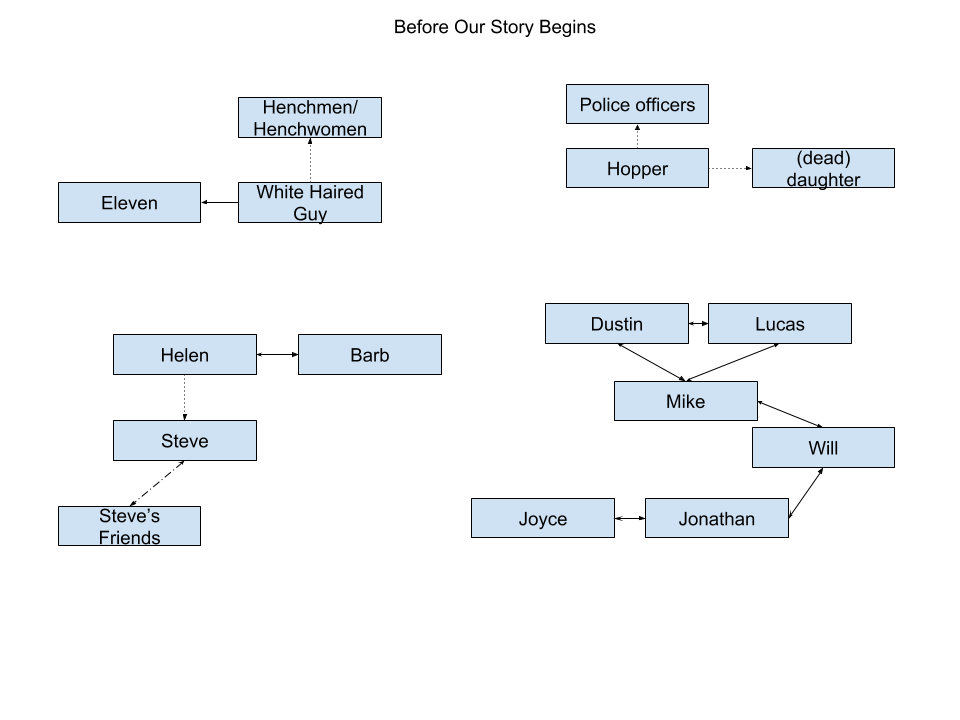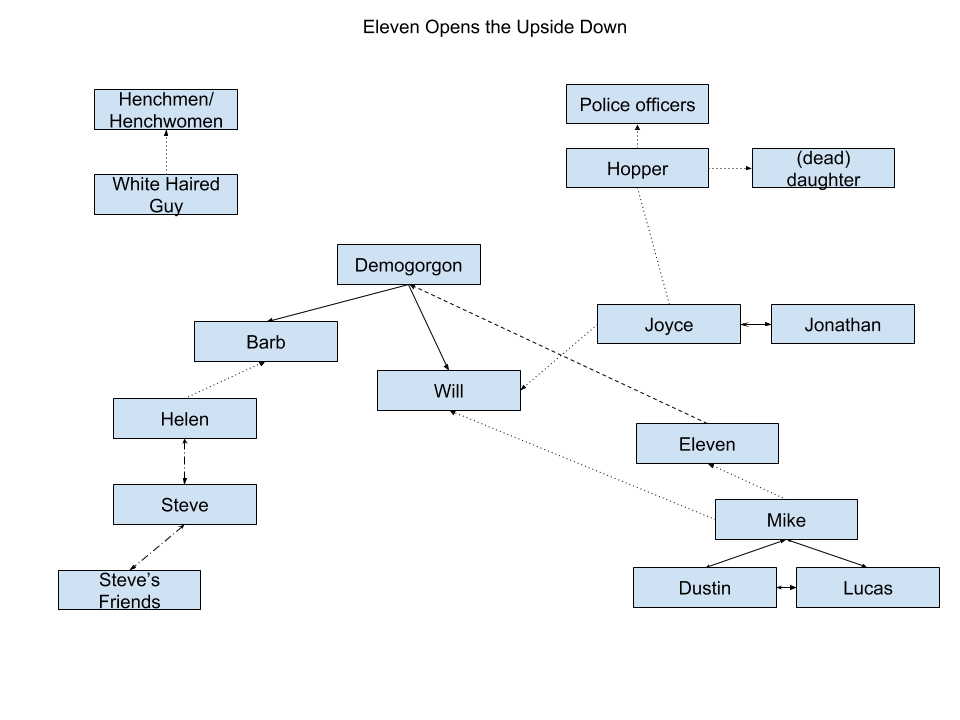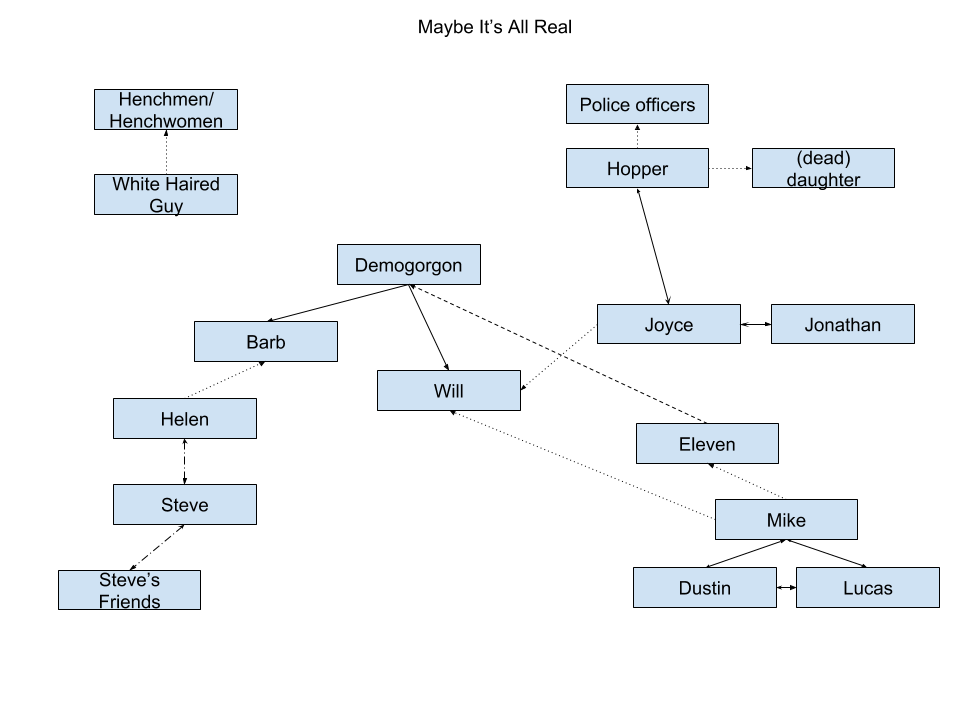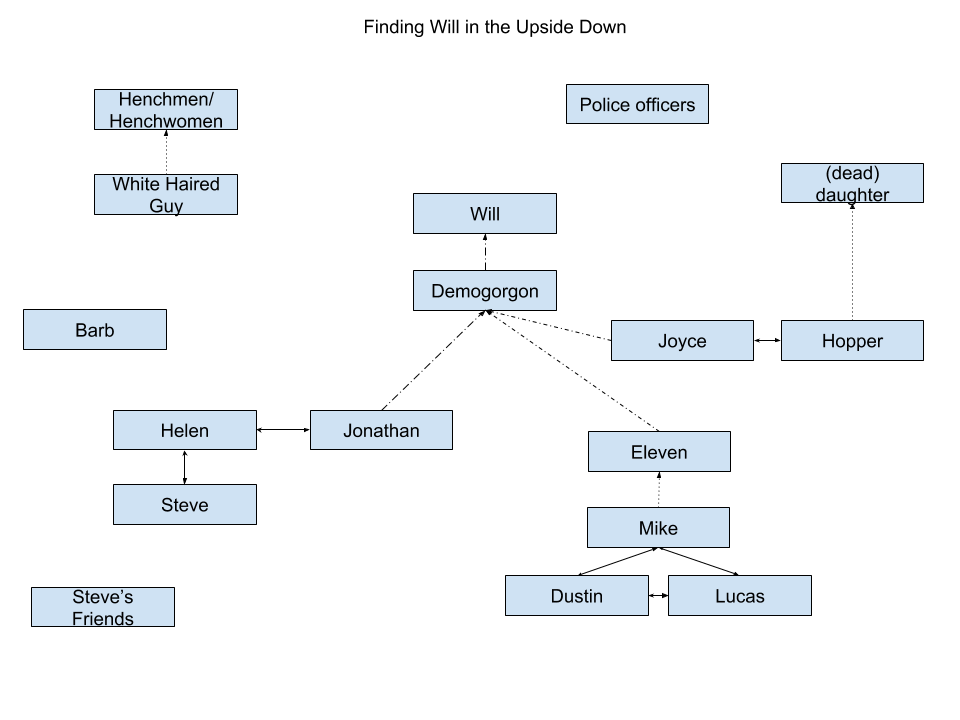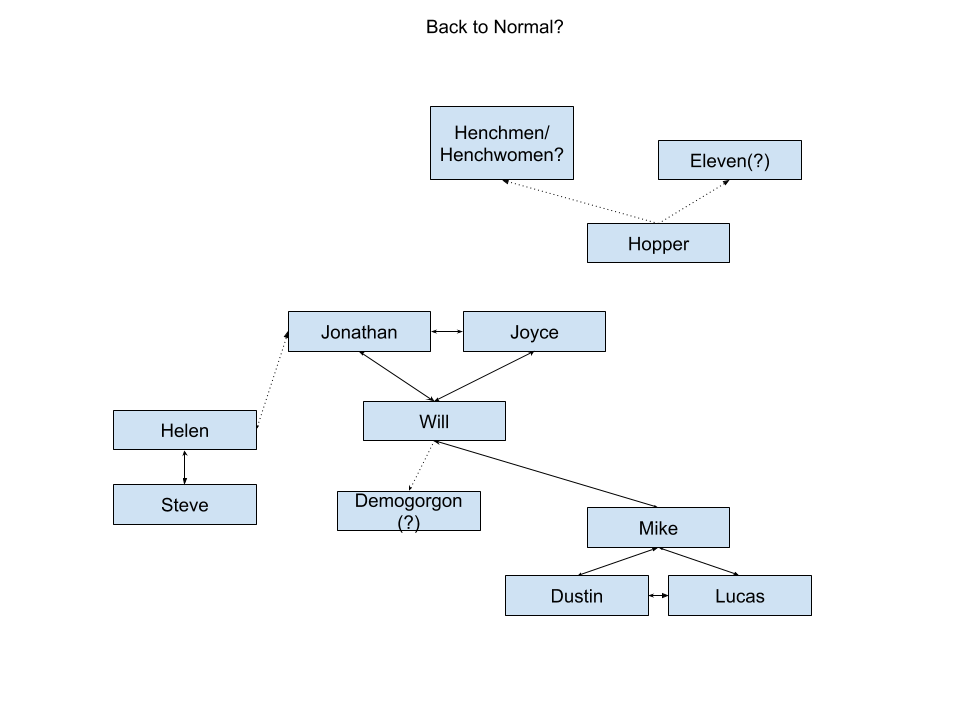Back in October, I began participating a the E-Learning 3.0 MOOC organized by Stephen Downes. While I got a lot out of participating in the MOOC, I never did all the work I wanted to do.
But this is why I am so interested in this work:
“Connectivism is based on the idea that knowledge is essentially the set of connections in a network, and that learning therefore is the process of creating and shaping those networks.” [This last piece has shaped a good deal of my own research over the past few years.]
Going back to the beginning and Stephen’s brief introduction to the MOOC, I am struck by this:
“The learning in a connectivist course is emergent; it is not defined and transferred or transmitted; rather it is created through the process of individual experiences and interactions. It is something new, different for each person in the course, and in a broader, more social sense, an outcome of the course as a whole.”
So, I have decided to start again and get back into the course. My plan is to do one topic per week. Anyone want to join me?


